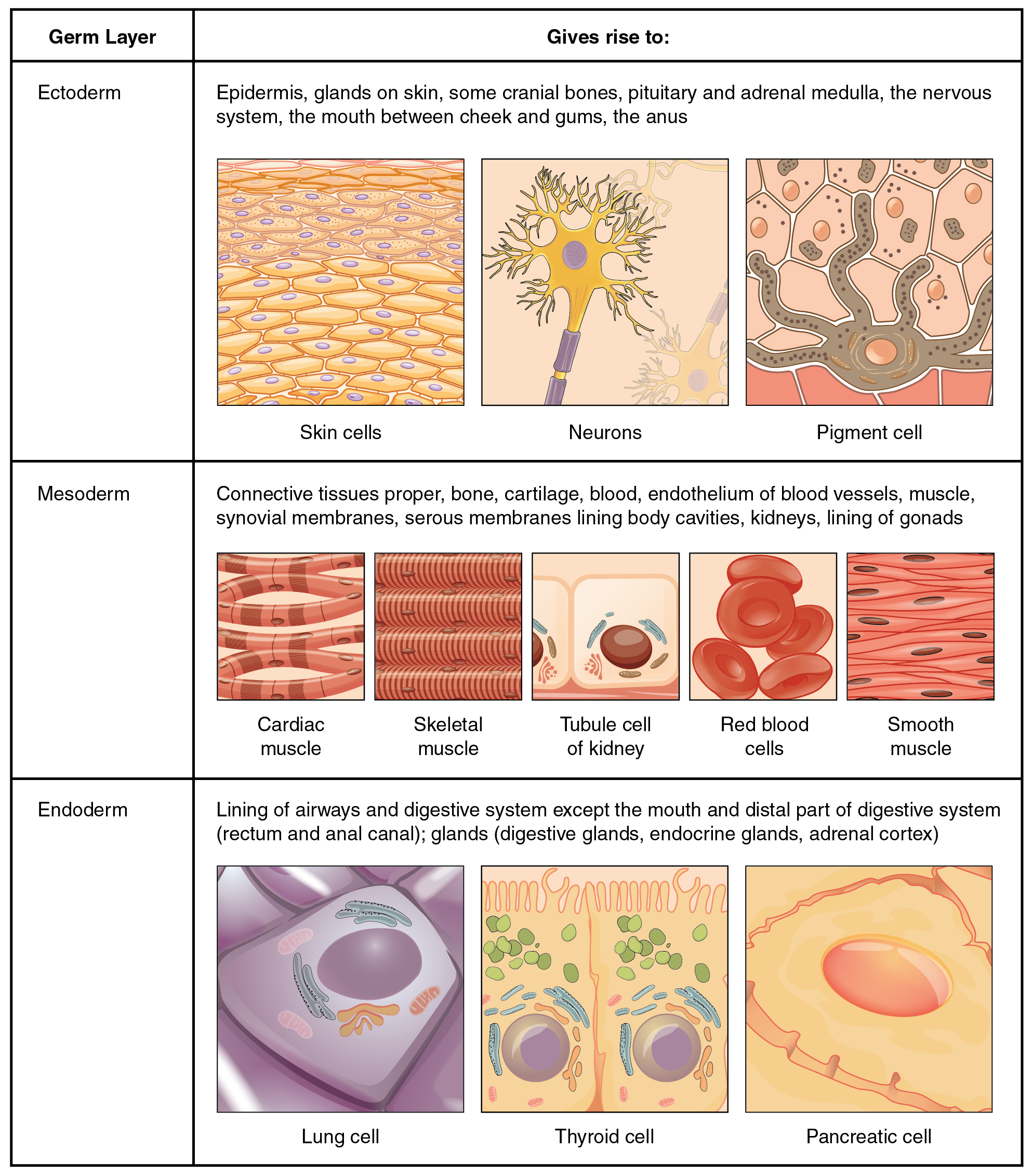Which of the Following Tissue Types Controls Body Functions
The central nervous system CNS controls most functions of the body and mind. CMuscles always work independently to move parts of the body.

Types Of Tissues Anatomy And Physiology
Role of the Hypothalamus Pituitary and Adrenal in Generation of Stress Responses.

. Which of the following statements about muscles and the muscular system is true. Nervous tissue is the term for groups of organized cells in the nervous system which is the organ system that controls the movements of the body sends and transmits signals to and from different parts of the body and plays a role in controlling the. The brain and the spinal cord.
The following are some important functions of hormones. Hearing is the main function of the ears. It allows maintaining the balance of the body.
For example your skin is made up of epithelial tissue and protects the tissues deeper in your body such as blood vessels muscle and internal organs. The primary functions of insulin in the bodys cells have to do with the metabolism of carbohydrates fats and amino acids from protein as well as the transcription and translation of mRNA. Epithelial tissue can have one or a combination of the following several functions.
AAll muscle action is voluntary or able to be consciously controlled. After reaching a target site hormones bind to the receptors. BThe three types of muscle tissue are skeletal muscle smooth muscle and involuntary muscle.
Course Summary Biology 105. Once this process is complete hormones then transmit the message which causes an organ or tissue to perform a specific action. The brain is the center of our thoughts the interpreter of our external environment and the origin of control over body movement.
Muscle Tissue Definition. It helps us to perceive sound. Blood transmits them to various organs and tissues of the human body.
Skeletal muscle tissue histological slide Skeletal muscle is found in many sizes and various shapes. It also facilitates speech. Together these sheets and fibers and known as muscles and control the movements of an organisms as well.
Anatomy Physiology has been evaluated and recommended for 3 semester hours and may be transferred to. It is important to consider the HPA axis response to stress in terms of interaction between three distinct organs each of which has its own intrinsic control points for regulation of the ultimate endpoint glucocorticoids Figure 1Understanding of H of the HPA axis was spurred by the. Muscle tissue is a specialized tissue found in animals which functions by contracting thereby applying forces to different parts of the body.
The small muscles of the eye may contain only a few hundred cells while the vastus lateralis of the thigh may contain hundreds of thousands of muscle cells. Insulin contributes to carbohydrate metabolism at many points during the process. The shape of muscle is dependent on its general architecture which in turn helps to define the muscles.
The goal of this review is to highlight emerging questions in the field such as to what extent macrophage ontogeny versus the tissue niche dictates a macrophages function. It consists of two parts. It works as a digestive organ by helping in the chewing and swallowing process.
Intriguingly tissue macrophages of differing ontological origins coexist and when assessed as a group they perform specialized organ-specific functions. It facilitates the diffusion of glucose from carbohydrates. Epithelial tissue protects several aspects of your body.
Muscle tissue consists of fibers of muscle cells connected together in sheets and fibers. It is involved in sensing taste with the help of different taste buds.

Epithelial Tissue Types Of Epithelial Tissues Epithelium Tissue Types Basement Membrane Tissue

Tissues Organs And Organ Systems Plasma Membrane Plasma Membrane Basic Anatomy And Physiology Tissue Types

No comments for "Which of the Following Tissue Types Controls Body Functions"
Post a Comment